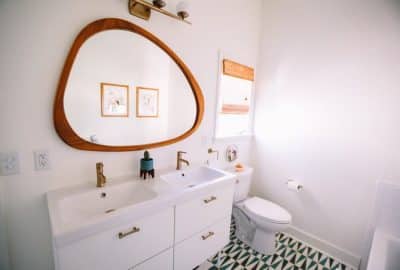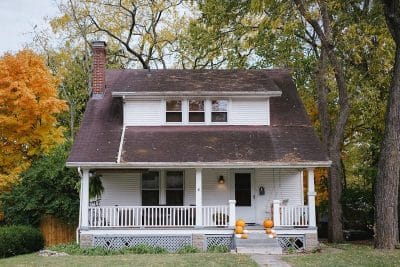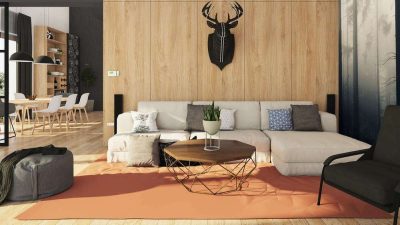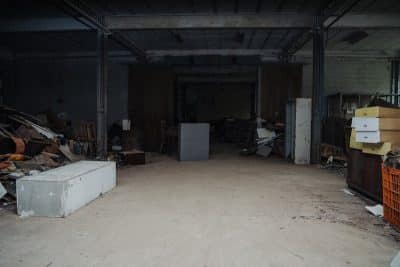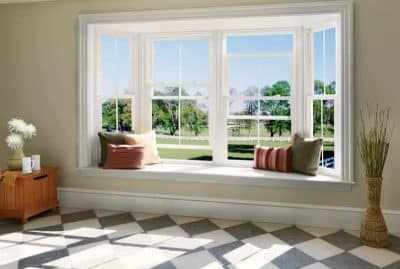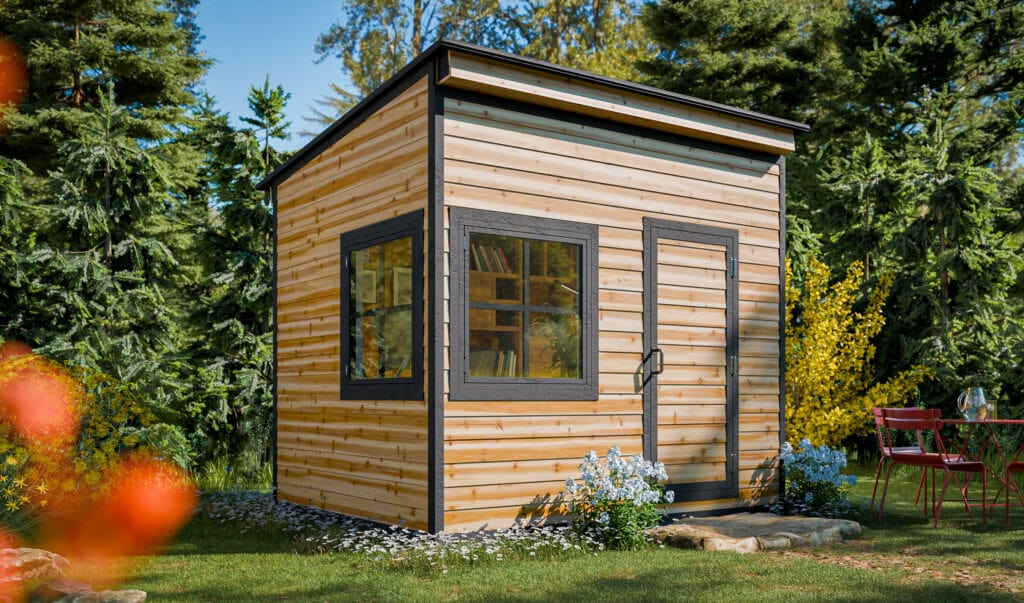
Minimalist backyard design has become a popular trend for homeowners looking to create serene, uncluttered outdoor spaces. Defined by simplicity, functionality, and clean lines, this approach transforms backyards into modern sanctuaries of calm. However, incorporating necessary structures like storage sheds into such designs can be a challenge. A bulky or overly ornate shed can easily disrupt the cohesive aesthetic that minimalism thrives on.
The good news is that, with thoughtful design choices, a storage shed can enhance rather than detract from a minimalist backyard. In this guide, we’ll explore practical tips and design strategies to seamlessly integrate a storage shed into your outdoor space, ensuring it becomes a harmonious extension of your minimalist vision. Whether you’re looking to upgrade an existing shed or build one from scratch, these insights will help you create a functional and beautiful addition to your backyard.
Understanding Minimalist Backyard Design
Minimalist backyard design is all about creating a sense of calm and order through simplicity. At its core, minimalism emphasizes clean lines, functional elements, and the careful selection of materials and features to avoid clutter. In outdoor spaces, this often translates to a well-organized layout, neutral color palettes, and the use of natural textures like wood, stone, and greenery to evoke balance and tranquility.
Incorporating a storage shed into this design requires an understanding of how it can enhance, rather than compete with, the minimalist aesthetic. The key is to view the shed not just as a functional element but as an integral part of the overall design. This means choosing a style that harmonizes with the rest of the space, considering factors like proportion, materials, and placement.
For instance, in a minimalist backyard, a storage shed should feel purposeful and unobtrusive. It could blend seamlessly into the environment with neutral tones or natural wood finishes, or it could serve as a subtle focal point through its clean and modern lines. By aligning the shed’s design with the principles of minimalism, you ensure that it adds to the visual harmony of the space while meeting practical needs.
Choosing the Right Storage Shed
Selecting a storage shed that complements a minimalist backyard involves careful consideration of design elements to ensure harmony with your outdoor space. Key factors to focus on include:
- Design Style: Opt for sheds with clean lines and simple forms. Modern designs, such as the Studio Gable or Urban Style sheds, offer sleek profiles that align well with minimalist aesthetics.
- Materials: Choose materials that blend seamlessly with the natural surroundings. Neutral-toned wood or metal finishes can provide a subdued and cohesive look.
- Size and Proportion: Ensure the shed’s dimensions are appropriate for your yard, maintaining balance without overwhelming the space.
- Customization: Many shed providers offer customization options, allowing you to tailor features like siding, roofing, and color schemes to match your minimalist vision.
Searching for “storage sheds near me” on Google can help you explore a variety of designs that emphasize both functionality and style. These include sheds with sleek, neutral finishes and customizable features that can seamlessly integrate into a minimalist backyard design.
By thoughtfully selecting a shed that embodies minimalist principles, you can create a functional and aesthetically pleasing addition to your outdoor space.
Placement and Integration
Where you place your storage shed plays a crucial role in maintaining the minimalist aesthetic of your backyard. Thoughtful integration ensures the shed feels like a natural extension of your outdoor space rather than an afterthought. Here are key considerations for strategic placement and seamless integration:
Strategic Location
Position the shed where it enhances the flow and balance of the backyard. For minimalist designs, avoid placing the shed in a central location that might dominate the space. Instead, opt for a corner or along a boundary line to keep it subtle and functional. Aligning it with existing structures, like a fence or garden bed, can also help it blend into the layout.
Landscaping Around the Shed
Minimalist landscaping can help the shed integrate harmoniously into the yard. Use clean lines in pathways or stepping stones leading to the shed. Surround the base with simple greenery, like low-maintenance grasses or shrubs, to soften its appearance. Raised planter beds with uniform plants can frame the shed without overwhelming the design.
Harmonization of Colors and Textures
Choose colors and textures that reflect the overall palette of your backyard. For example, if your home exterior features neutral tones or natural wood, extend these to the shed. This consistency creates a sense of unity across the space. Even small details, like matching hardware or rooflines, can make a big impact.
By carefully planning the placement and surrounding features, your storage shed can become a cohesive element of your minimalist backyard, enhancing the overall aesthetic while serving its practical purpose.
Enhancing Functionality with Minimalist Design Principles
A minimalist backyard is as much about functionality as it is about aesthetics, and your storage shed can play a dual role in this equation. By thoughtfully applying minimalist design principles, you can create a shed that is both practical and visually cohesive. Here’s how:
Optimizing Interior Layout
The interior of your shed should reflect the same minimalist approach as the exterior. Start by decluttering and identifying the essentials you need to store. Use built-in shelves, pegboards, or modular storage systems to keep items organized and off the floor. Stick to a “less is more” philosophy—limit accessories and storage tools to what is truly necessary.
Incorporating Dual Functionality
Minimalism thrives on multifunctionality. Your shed can serve more than one purpose while still maintaining its clean and simple design. For example, transform one side into a workspace with a fold-down desk and storage for tools or gardening supplies. Alternatively, create a serene hobby corner for art, reading, or meditation by incorporating minimalist furnishings like a small chair or mat.
Adding Subtle Lighting and Ventilation
Incorporating natural light and proper ventilation can elevate the usability of your shed without overcomplicating its design. Consider adding a small skylight, a horizontal window, or frosted glass panels that allow light to filter in while maintaining privacy. For ventilation, opt for discreet vents or a sliding window to keep the space airy and comfortable.
Maintaining Simplicity in Decor
Keep the interior and exterior decor simple and cohesive. Use neutral tones for paint, and select materials like wood or metal that align with the minimalist aesthetic. Avoid over-decorating; a single piece of functional art or a potted plant can provide enough personality without disrupting the clean look.
By enhancing functionality while adhering to minimalist principles, your storage shed can become a valuable and beautiful addition to your backyard. It will not only serve its practical purpose but also contribute to the overall sense of order and calm in your outdoor space.
Avoiding Common Mistakes
When integrating a storage shed into a minimalist backyard design, certain missteps can detract from the overall aesthetic and functionality. Here are some common pitfalls to avoid, along with tips for staying true to minimalist principles:
Overcomplicating the Design
One of the biggest mistakes is adding unnecessary embellishments to the shed. Overly intricate details, excessive ornamentation, or bold, clashing colors can disrupt the clean, cohesive look of a minimalist space. Instead, stick to simple shapes, neutral tones, and unadorned surfaces that complement the surroundings.
Ignoring Proportions
A shed that is too large or poorly positioned can dominate the backyard, making the space feel cramped and unbalanced. Always consider the size of your yard when choosing a shed, ensuring it blends naturally into the scale of the environment. Proportionate placement is key to maintaining harmony.
Neglecting Integration with the Landscape
Failing to integrate the shed with the backyard design is another common issue. Placing the shed in isolation, without pathways, landscaping, or visual connections to the rest of the yard, can make it appear out of place. Simple landscaping techniques like clean-lined walkways or surrounding greenery can bridge the gap.
Overlooking Practical Needs
In a quest for aesthetic appeal, functionality can sometimes take a backseat. Avoid choosing a shed design that looks great but doesn’t meet your storage or workspace needs. Always balance design with practicality to ensure the shed is both useful and beautiful.
Using Mismatched Materials
Inconsistent materials or finishes can clash with the minimalist design of the yard. For example, pairing a rustic wooden shed with a modern concrete patio may look disjointed. Instead, select materials that echo the textures and colors already present in the space.
By steering clear of these common mistakes, you can create a storage shed that integrates seamlessly into your minimalist backyard design. This ensures your shed enhances the space both visually and functionally, contributing to the calm and organized atmosphere characteristic of minimalism.
Inspiration from Real-Life Minimalist Designs
To see how storage sheds can enhance minimalist backyard design, it helps to look at real-world examples. These examples highlight creative and functional ways to incorporate sheds into modern outdoor spaces while staying true to minimalist principles:
Case Study 1: The Zen Garden Shed
In a minimalist backyard inspired by Japanese Zen gardens, a compact storage shed was finished with untreated cedar siding and a flat roof. The natural material blended seamlessly with the gravel paths and simple stone arrangements, making the shed a subtle yet integral part of the design.
Case Study 2: The Hidden Workspace
A small backyard workspace was created by repurposing a modern shed with clean white siding and black trim. Positioned in a corner surrounded by linear planter boxes filled with ornamental grasses, the shed became a stylish feature that also served as a productive retreat.
Case Study 3: The Integrated Green Shed
In an urban backyard, a green roof was added to a sleek metal shed, allowing it to double as a functional storage space and an eco-friendly design element. This integration reduced the visual impact of the shed, making it part of the landscape rather than a standalone structure.
These examples demonstrate how storage sheds can be tailored to meet both aesthetic and practical needs, offering inspiration for your own minimalist backyard transformation. For additional ideas, the Shed-O-Vation project by Best Practice Architecture showcases a transformed backyard shed that serves as a multifunctional space, blending seamlessly with its minimalist surroundings. This project highlights how thoughtful design can elevate a storage shed into a striking architectural feature.
Conclusion
Integrating a storage shed into a minimalist backyard design may seem challenging, but with careful planning and thoughtful design choices, it can become a harmonious addition to your outdoor space. By understanding the principles of minimalism, selecting the right shed, placing it strategically, and avoiding common mistakes, you can create a functional structure that enhances the beauty and simplicity of your backyard.
Drawing inspiration from real-life designs, you can transform your shed into more than just a utility space—it can become an architectural element that complements and elevates your minimalist vision. Whether it’s blending with the landscape, serving dual purposes, or offering a sleek focal point, the possibilities are endless. With these tips, your storage shed will not only meet your practical needs but also contribute to the calm and organized atmosphere of your minimalist backyard. For additional guidance on minimalist backyard design, explore resources and insights from reputable landscape architecture organizations.

